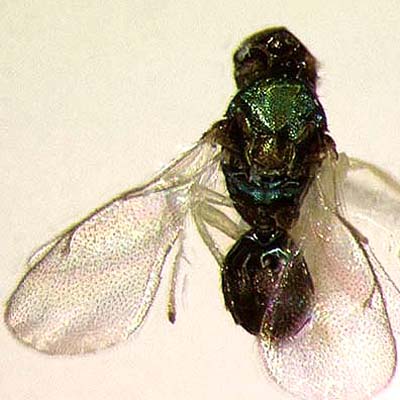 |
|||||||||||||||||||||||||||||||||||||||||||||||||||||||||||||||||||||||||||||||||||||||||||||||
|
|
Home | Open the Key | References | ||||||||||||||||||||||||||||||||||||||||||||||||||||||||||||||||||||||||||||||||||||||||||||
|
|||||||||||||||||||||||||||||||||||||||||||||||||||||||||||||||||||||||||||||||||||||||||||||||
Classification
|
|||||||||||||||||||||||||||||||||||||||||||||||||||||||||||||||||||||||||||||||||||||||||||||||
Subfamily Tribe |
|||||||||||||||||||||||||||||||||||||||||||||||||||||||||||||||||||||||||||||||||||||||||||||||
Diagnosis
|
|||||||||||||||||||||||||||||||||||||||||||||||||||||||||||||||||||||||||||||||||||||||||||||||
|
|
||||||||||||||||||||||||||||||||||||||||||||||||||||||||||||||||||||||||||||||||||||||||||||||
| |
|||||||||||||||||||||||||||||||||||||||||||||||||||||||||||||||||||||||||||||||||||||||||||||||
Distribution |
|||||||||||||||||||||||||||||||||||||||||||||||||||||||||||||||||||||||||||||||||||||||||||||||
|
The only species of this genus, D. subplana Erdös, was recorded in Bulgaria, Hungary, Italy and Moldova (Noyes, 2001; Georgiev & Boyadzhiev, 2002). |
|||||||||||||||||||||||||||||||||||||||||||||||||||||||||||||||||||||||||||||||||||||||||||||||
| |
|||||||||||||||||||||||||||||||||||||||||||||||||||||||||||||||||||||||||||||||||||||||||||||||
Biology |
|||||||||||||||||||||||||||||||||||||||||||||||||||||||||||||||||||||||||||||||||||||||||||||||
|
D. suplana is recorded only on the leafminer Aulagromyza populi (Kaltenback) (Agromyzidae) (Noyes, 2001). |
|||||||||||||||||||||||||||||||||||||||||||||||||||||||||||||||||||||||||||||||||||||||||||||||
| |
|||||||||||||||||||||||||||||||||||||||||||||||||||||||||||||||||||||||||||||||||||||||||||||||
| |
|||||||||||||||||||||||||||||||||||||||||||||||||||||||||||||||||||||||||||||||||||||||||||||||
Comments |
|||||||||||||||||||||||||||||||||||||||||||||||||||||||||||||||||||||||||||||||||||||||||||||||
|
Danuviella belongs to the tribe Cirrospilini
by having funicle 2-segmented in both sexes, propleura separated
posteriorly, submarginal vein with 3 or more setae dorsally and
2 pairs of scutellar setae.
Danuviella appears to be quite close to the genus of Diglyphus. Indeed, Erdös (1958), in the original description, admits the very nearness between those two genera. The only clear difference between these genera is the presence of a small but distinct petiole in Danuviella. Additional work is necessary to assess the relationships of these genera; at the present time we consider Danuviella as a valid genus. Danuviella may be distinguished from the other Cirrospilini included in the key as follows: Cirrospilus, Diaulinopsis and Semielacher have notauli complete and reaching posterior margin of mesoscutum; moreover, Cirrospilus “variegatus group” and Zagrammosoma have extensive yellow markings on the body and vaulted vertex; Diaulinopsis has postmarginal vein at least 1.5 times stigmal vein. Finally, C. ambiguus, Diglyphus and Meruana are definitely the closest taxa to Danuviella, as they all possess incomplete notauli and mainly metallic coloration. C. ambiguus may be recognized by having yellow markings on the body and by not having a distinct petiole; Diglyphus doesn’t have distinct petiole as well, and Meruana, even if it has petiole as Danuviella, has propodeal plicae which converge posteriorly (absent in Danuviella). |
|||||||||||||||||||||||||||||||||||||||||||||||||||||||||||||||||||||||||||||||||||||||||||||||

